Today, like on March 21 every year, 300 million people across the world, including Afghans, Kerds and Persians along with India’s tiny Zoroastrian community will celebrate Nowruz (Navroze in India). It's a tradition that's close to 3,000 years old, and has made it to the UNESCO List of Intangible Cultural Heritage of Humanity.
Falling on the day of the Northern hemisphere’s vernal equinox, Nowruz (new day) signifies the onset of spring after a harsh winter. It’s a day of kinship, when family and neighbours visit each other, friends pack a basket for a picnic in the gardens, and thank the universe for all that nature has bestowed upon them.
How this day came to coincide with the first day of the Zoroastrian Iranian calendar dates back to the times of legendary Persian king Jamsheed Pishdadian, who thought it would make the perfect occasion to strengthen solidarity among his people.
In homes of Parsis and Iranians, like mine, the sofreh or decorated table is a symbol of nature’s bounty, laden with fruits, nuts, greens, flowers and of course, sweets. Some accounts attribute King Jamsheed with introducing sugar cane to Iran, making the occasion one of displaying the Persian tradition of pastry and confection making.
While the Halva, a confection made with all purpose flour, nuts, saffron and rose water, is a Persian staple, the Zoroastrians of India or Parsis, make a version called Ravo (pronounced ruh-vo) with toasted semolina and milk. It’s the go-to sweet that’s made on every happy occasion, much like the sheera that Hindu homes rustle up. And when the Parsis celebrate Navroze, a bowl of auspicious Ravo has to be on the menu, usually eaten for breakfast with a side of banana and toast.
The semolina gives the Ravo a grainy bite, which is missing when I try making it with Aazol’s multigrain cereal, Bhardi. Way healthier than semolina or broken wheat of course, it can get more nutritious if you replace the sugar with liquid jaggery or Aazol’s kaakvi. Top a bowl up with Aazol’s jumbo seedless raisins tossed in ghee, and you have a healthy bowl of dessert. Take a bite and wish your loved ones, ‘Navroze Mubarak!
Ravo
Ingredients:
- 1 cup Aazol Bhardi
- 1 cup Aazol Kaakvi (or to taste)
- 4 tbsp Pure Ghee
- 5 cups Full-Fat Milk
- 1 tsp Rose Water
- 1 tsp Vanilla Essence
- Garnish: Aazol’s Jumbo Seedless Raisins, Almond Flakes and Chironji Seeds or any nuts of your choice.
Method:
- In a deep pan, heat the ghee and lightly roast the Bhardi on medium flame, stirring constantly to ensure it loses its rawness but doesn’t burn.

- In another pan, warm the milk and gradually drizzle in the Kaakvi, stirring constantly till it’s a light brown mix.
- Gradually pour the warm milk into the Bhardi pan, stirring constantly. Break the lumps using a silicon spatula, and stir till it mixes well. Add more milk as you go along to bring it to the consistency you desire.
- Add the vanilla essence and rose water and stir.
- When it has reached desired consistency, turn off the gas. Empty it into a glass bowl and let it cool.
- Blanch 5 almonds, remove the skin and cut into fine slivers.
- In a small pan, take 1 tbsp ghee. When hot, lower flame and add Aazol’s seedless raisins, chironji seeds-which the Parsis call charoli, and almond slivers. When lightly roasted and aromatic, use it to garnish the Ravo.

- Serve warm or cold.

This article is part of a series that looks at using Aazol’s traditional Maharashtrian food to rustle up Parsi Zoroastrian cuisine specialties.
Author: Tinaz Nooshian
The writer is Editor-in-Chief of the Mumbai headquartered newspaper Mid-day.
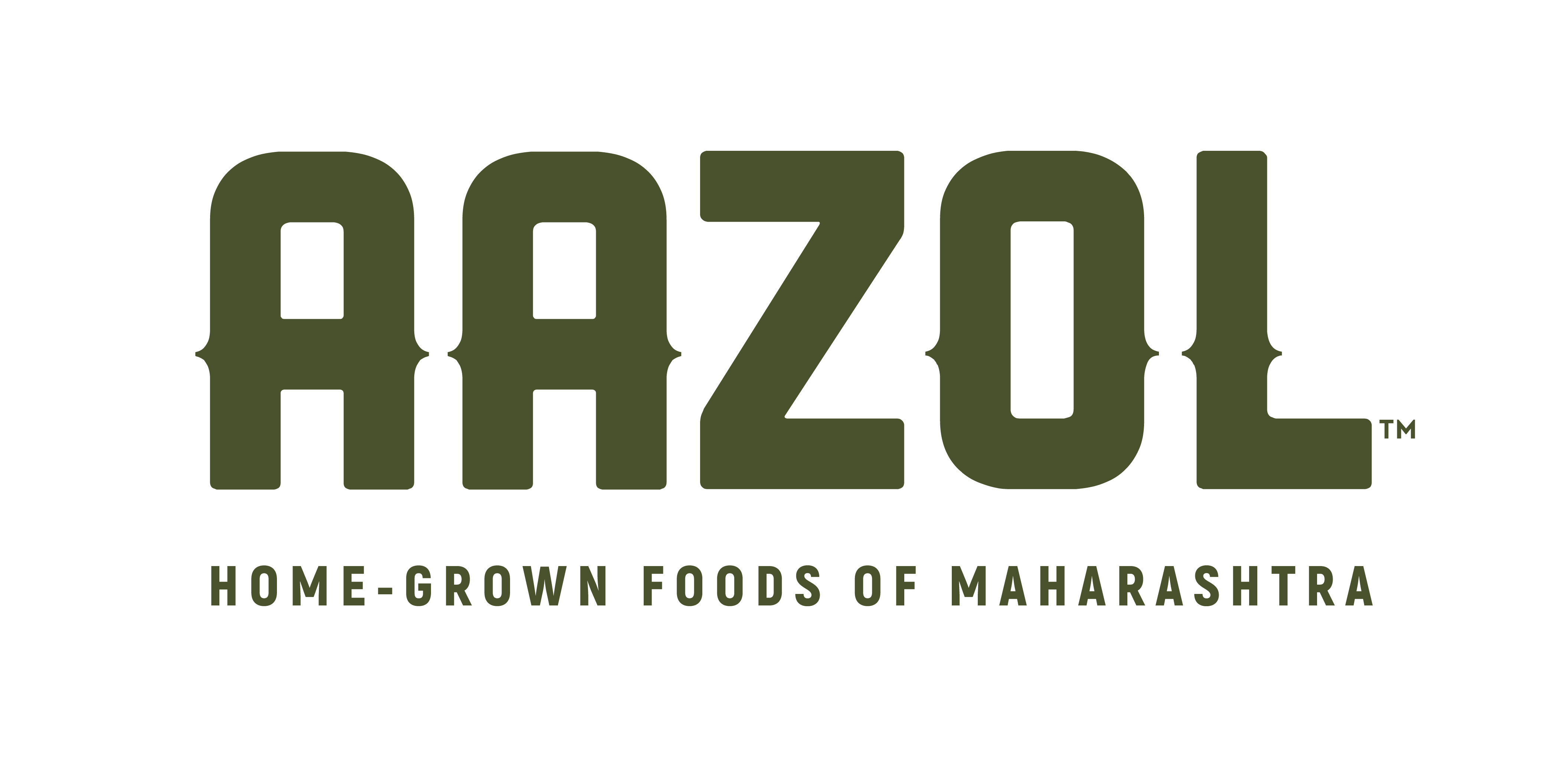

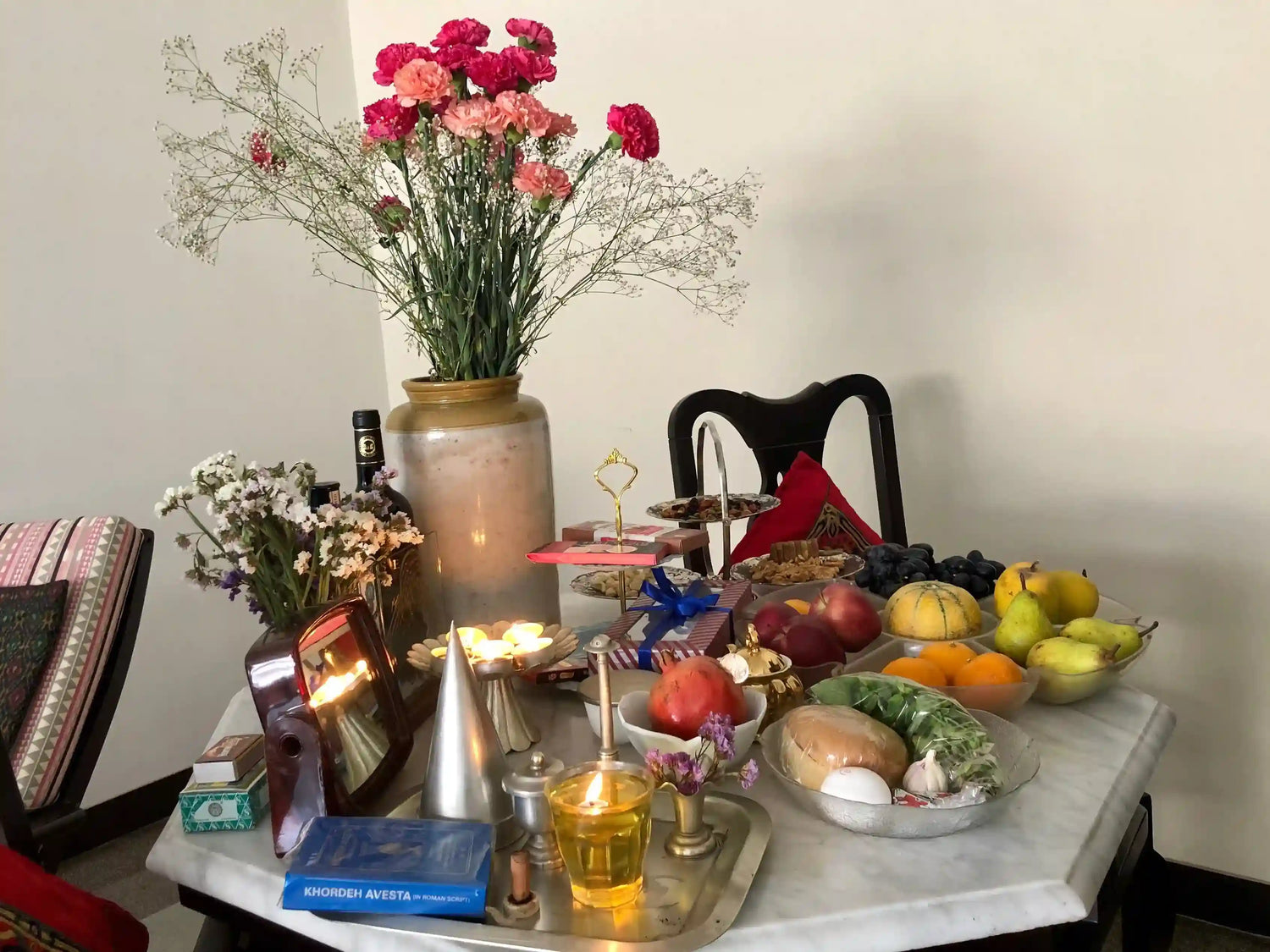
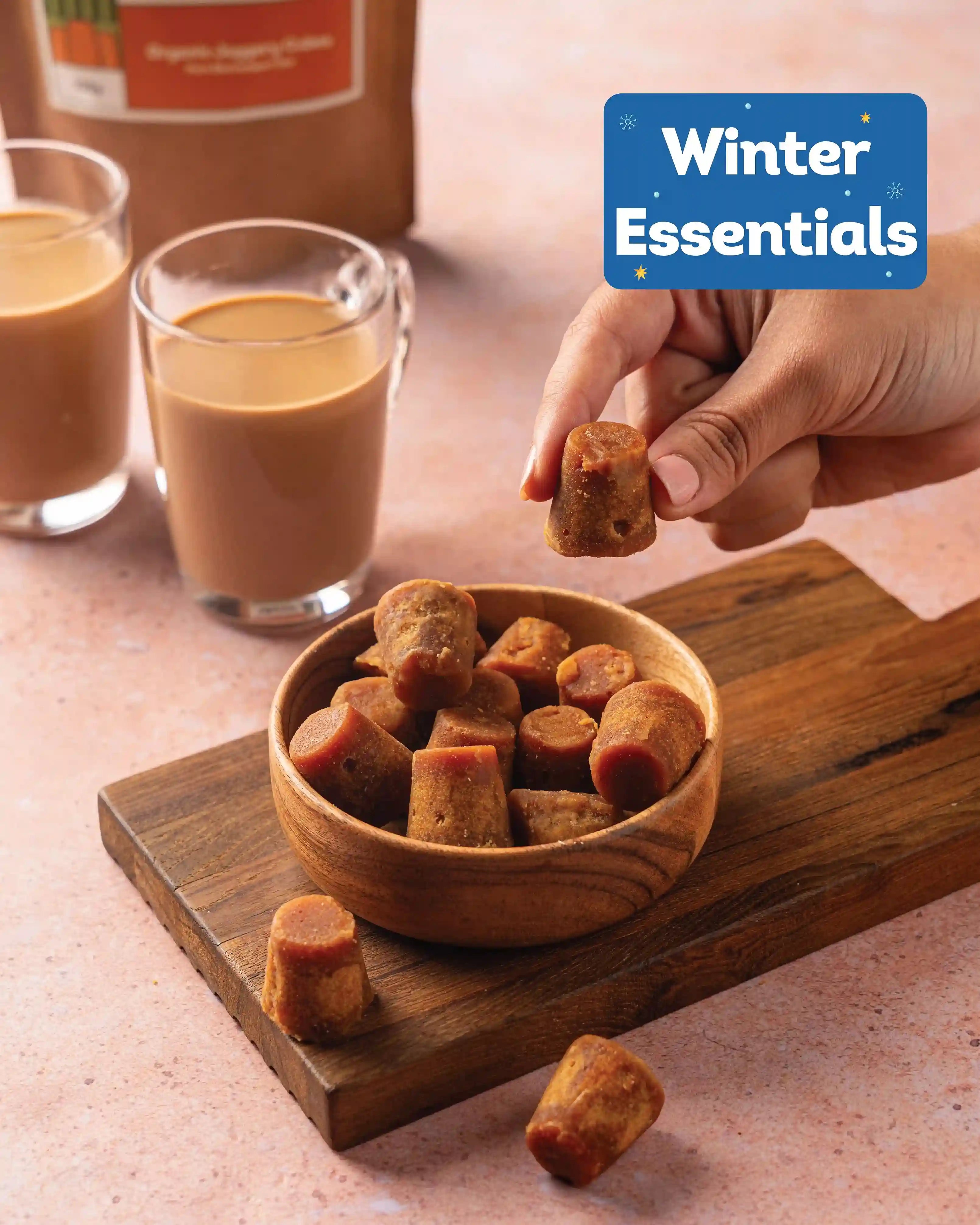
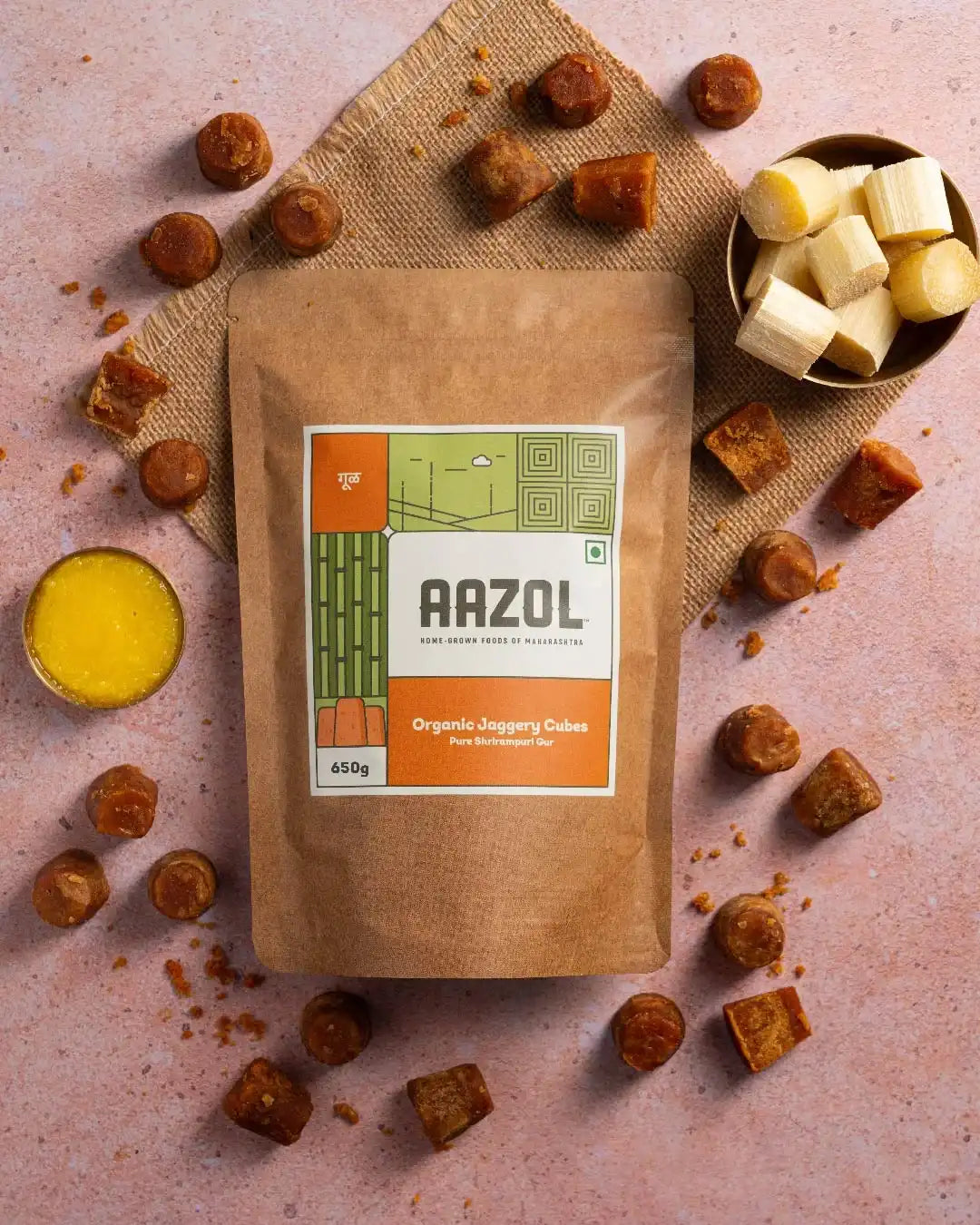
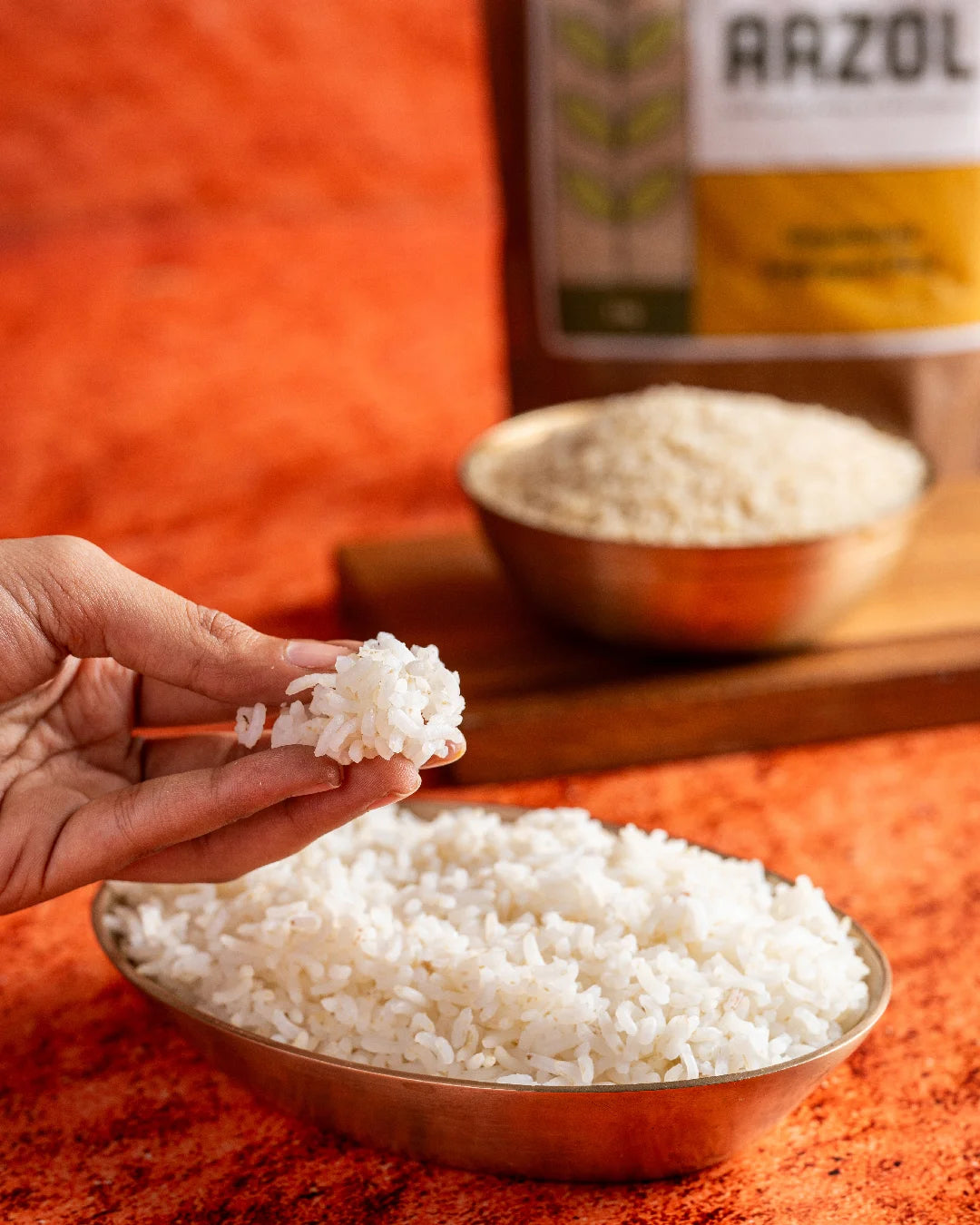

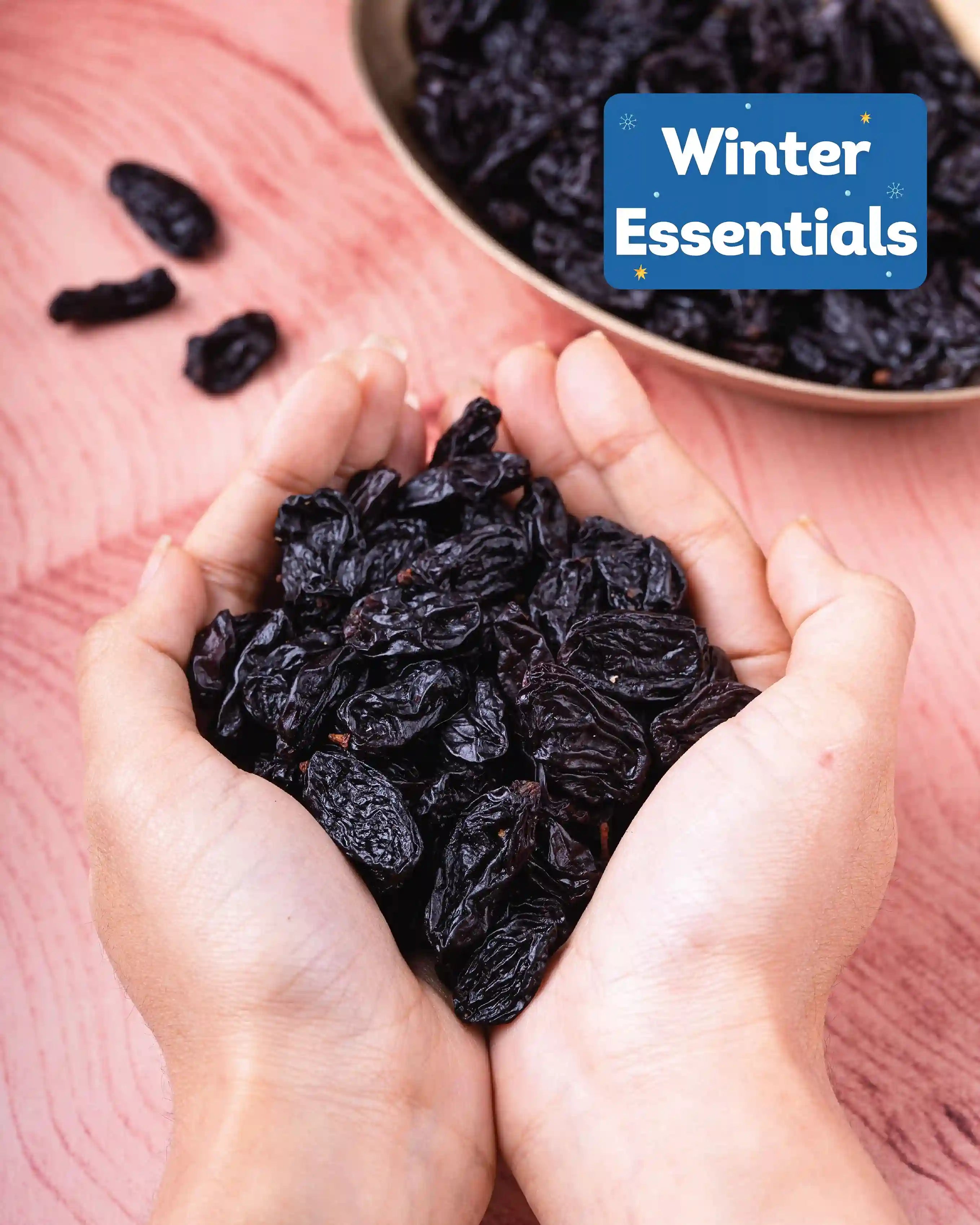
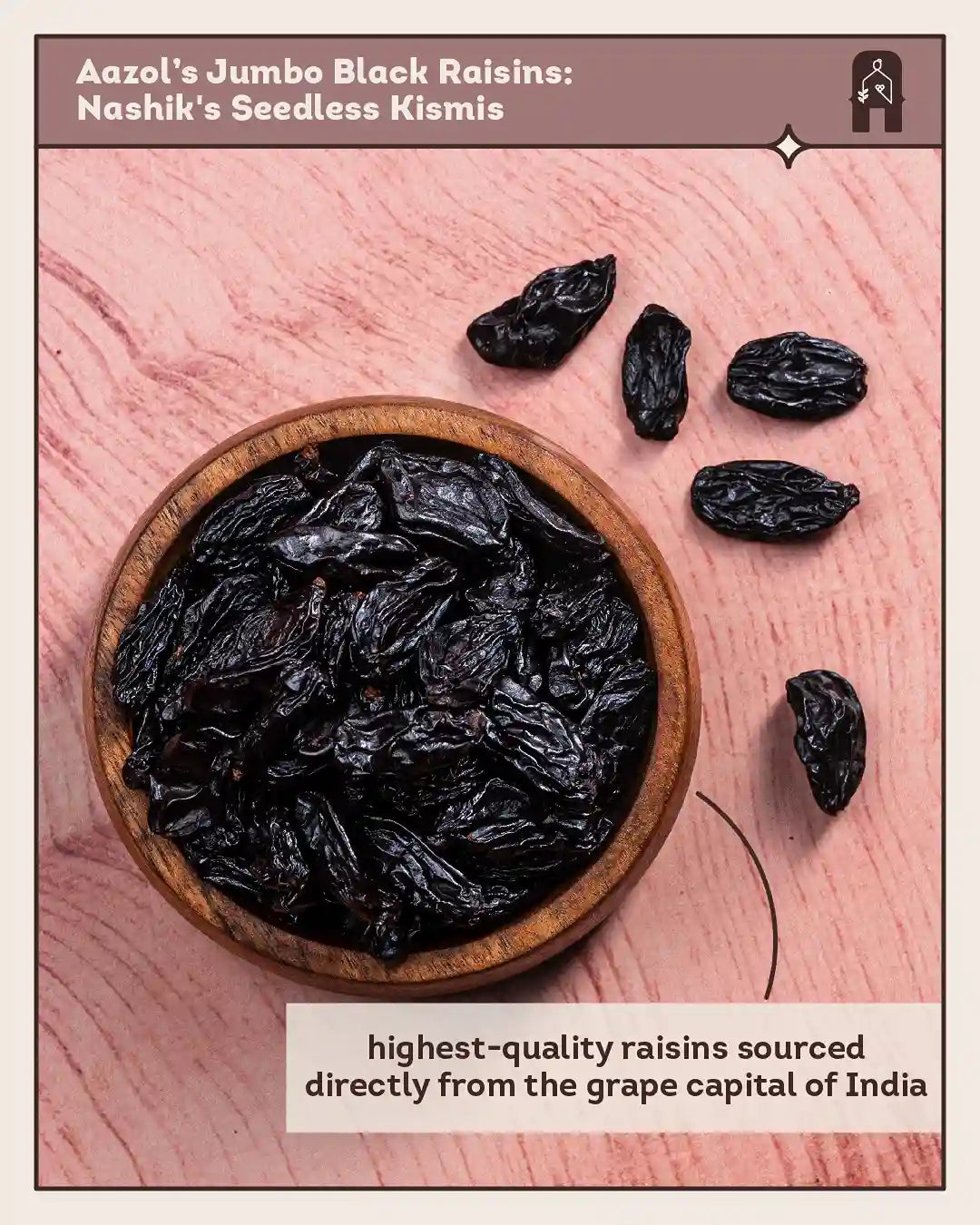

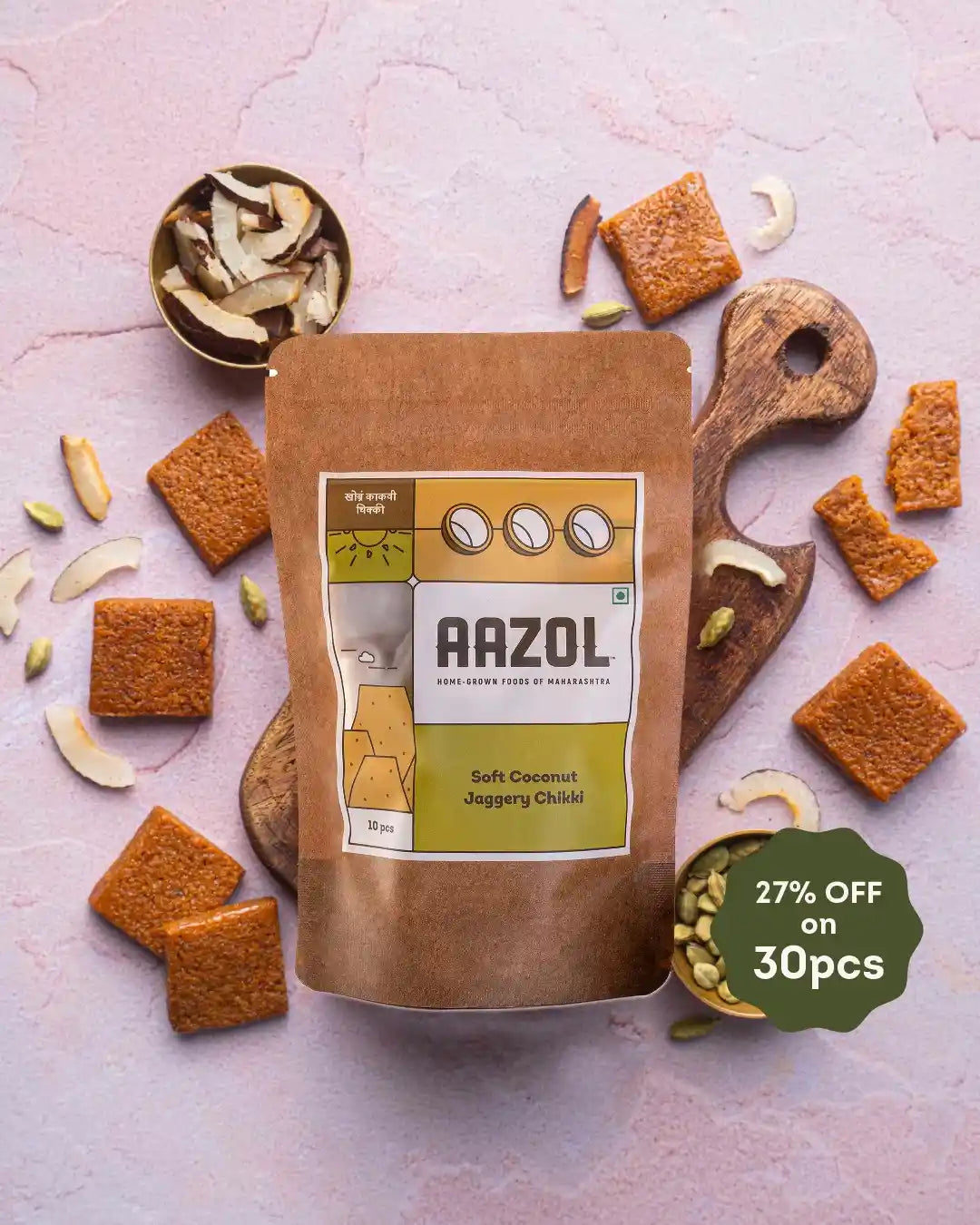
Comments (0)
Your comment may be featured to help others on a similar journey